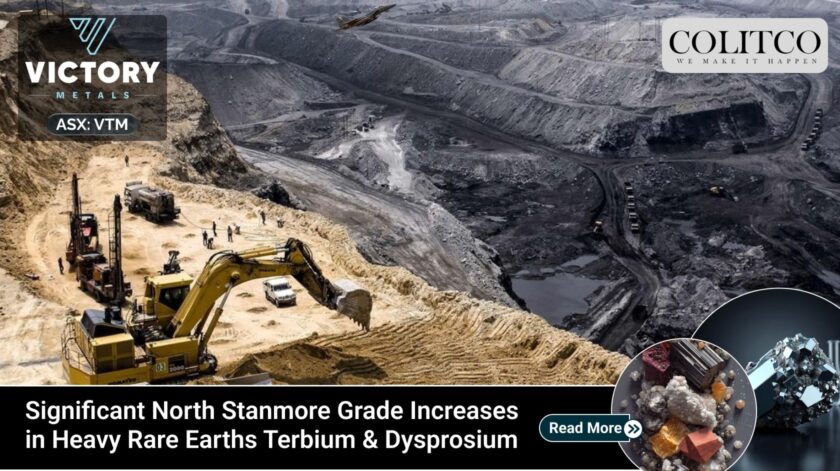Victory Metals Limited (ASX: VTM, “Victory” or “the Company”) has announced a major advancement at its flagship North Stanmore Heavy Rare Earth Elements (HREE) Project in Western Australia. The Company reported that simple, low-cost size-by-fraction beneficiation (-10.8 µm) has delivered substantial grade increases across three globally strategic critical minerals — Terbium (Tb), Dysprosium (Dy), and Scandium (Sc).
According to the latest metallurgical results, the beneficiation process has resulted in:
- Terbium (Tb): 53% grade increase
- Dysprosium (Dy): 25% grade increase
- Scandium (Sc): 100% grade increase
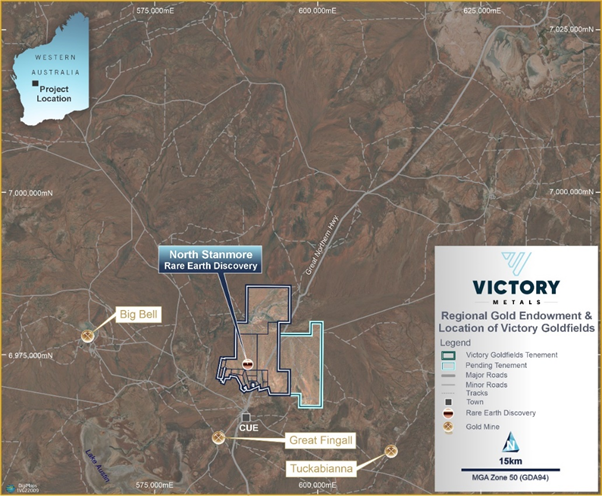
Victory’s Chief Executive Officer and Executive Director, Brendan Clark, said:
“This is an incredible outcome at a time when the world’s understanding of the importance of these critical and strategic minerals is rapidly growing. With a simple and low-cost size fractionation step, we’ve delivered significant grade increases in three of the world’s most strategically important elements, Terbium, Dysprosium and Scandium.”
Strategic Timing Amid China’s Rare Earth Export Ban
China’s Ministry of Commerce (MOFCOM) recently expanded its export control regime under Announcement No. 61 of 2025, which introduces licensing requirements for rare earth materials and associated technologies. Effective 1st December 2025, export licences will be denied for any rare earth material, including Terbium, Dysprosium, and Scandium, where the end-use is military or defence-related.
These measures, compounded by April 2025’s inclusion of these elements on China’s controlled list, have effectively placed them “off limits” to foreign military applications, highlighting the urgency for Western nations to develop alternate supply sources.
Victory’s North Stanmore Project now stands as one of the most advanced heavy rare earth projects outside China, positioning Australia as a key player in the global critical mineral diversification effort.
Mr. Clark has mentioned: “As governments move to secure non-Chinese supply amid China’s proposed export bans on these elements due to their important role in military, projects like North Stanmore, become even more critical.”
He has also stated that the results from the North Stanmore Project indicated the potential to concentrate value at an early stage, which could reduce operating costs and increase payables.
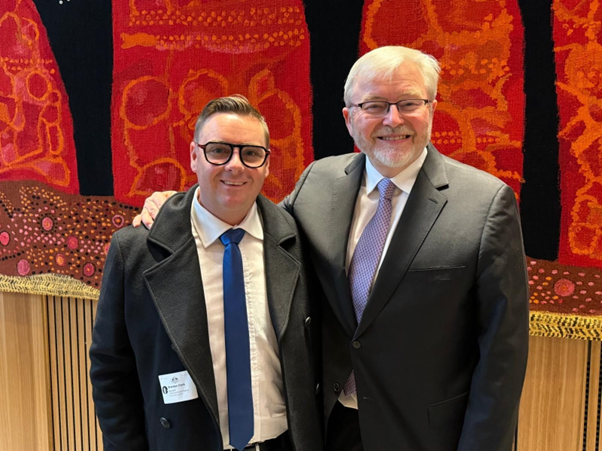
Robust Metallurgical Results Validate Simplified Processing Pathway
ALS Metallurgy undertook the metallurgical test work in Perth, where simple wet classification and cyclosizing isolated the -10.8 µm fraction of ore from the North Stanmore resource. No chemical reagents or complex circuits were required, making this a low-capex, low-opex front-end upgrade option.
Key outcomes from the beneficiation study include:
| Element | Feed Grade (ppm) | <10.8 µm Fraction (ppm) | Change (%) |
| Tb₄O₇ | 8 | 13 | >50.0 |
| Dy₂O₃ | 55 | 73 | >33.3 |
| Sc₂O₃ | 46 | 92 | >100.0 |
| TREO | 1484 | 2104 | >41.8% |
The HREO/TREO ratio remained stable at around 41%, demonstrating that the beneficiation selectively increased the concentration of critical heavy rare earths without diluting overall grade balance.
Global Market Context: Rising Demand for Critical Rare Earths
Victory’s results come at a time when international demand for Terbium, Dysprosium, and Scandium is projected to surge due to their essential roles in defence, renewable energy, and advanced manufacturing.
Terbium Market Outlook
According to Grand View Research, the global Terbium segment generated USD 994.8 million in 2024 and is expected to reach USD 1,642.8 million by 2030, growing at a CAGR of 9.6% (2025–2030). The Asia-Pacific region remains the largest revenue contributor, while the United States is forecast to record the fastest CAGR through 2030.
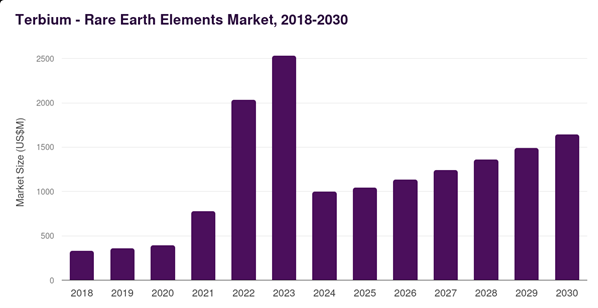
Figure 3: Terbium – Rare Earth Elements Market, 2018 – 2030
Terbium is critical in high-temperature permanent magnets (NdFeB), used in hypersonic missiles, fighter jet actuators, submarines, drones, and radar systems — all of which demand temperature stability and magnetic resilience.
Dysprosium Market Outlook
Similarly, the global Dysprosium segment was valued at USD 540 million in 2024 and is projected to grow to USD 786.1 million by 2030, registering a 6.6% CAGR. Dysprosium enhances coercivity and temperature performance in permanent magnets, vital for EV motors, naval propulsion, missile guidance, and aircraft systems.
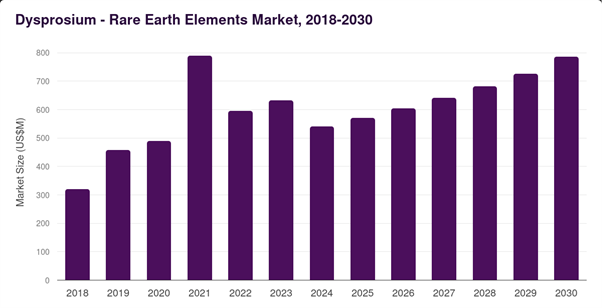
Figure 4: Dysprosium – Rare Earth Elements Market 2018 – 2030
Scandium Market Outlook
According to Mordor Intelligence, the global Scandium market is estimated at USD 0.77 billion in 2025 and will double to USD 1.53 billion by 2030, growing at a CAGR of 14.7%. Growth is driven by the adoption of aluminium–scandium alloys in next-generation aerospace and defence systems, as well as solid oxide fuel cells (SOFCs) that enhance military energy resilience.
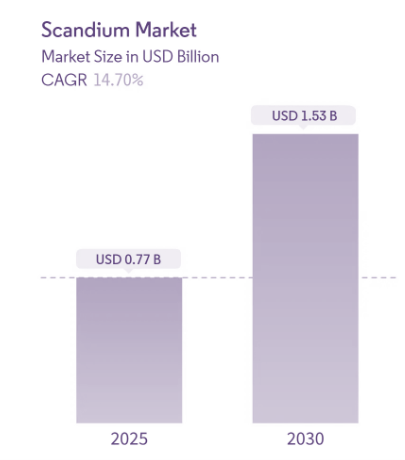
Figure 5: Scandium Market Size and Share
North Stanmore’s Resource Scale and National Significance
Victory’s August 2025 Mineral Resource Estimate (MRE) confirmed 320.6 million tonnes at an average 510 ppm TREO + Sc₂O₃, with 176.5 million tonnes in the Indicated category. This positions North Stanmore as Australia’s largest indicated clay-hosted heavy rare earth resource.
The resource also contains notable concentrations of Gallium and Hafnium, further diversifying its strategic value.

Figure 6: Victory’s August 2025 Mineral Resource Estimate (MRE)
Defence and Technological Applications of Victory’s Key Elements
- Terbium (Tb): Enables high-performance permanent magnets for guidance, sonar, and propulsion systems in hypersonic and underwater platforms.
- Dysprosium (Dy): Boosts heat resistance in magnets for missile defence, EV motors, and aircraft actuators.
- Scandium (Sc): Strengthens aluminium alloys used in advanced airframes and solid-oxide fuel cells, enhancing military efficiency and energy independence.
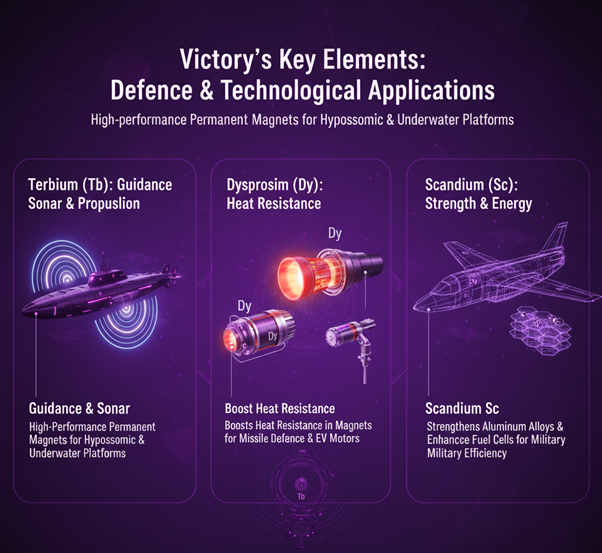
Figure 7: Key use of Terbium, Dysprosium, Scandium
These applications underline why China’s export restrictions have caused global concern — and why projects like Victory’s North Stanmore are now central to Western supply chain security.
CEO Commentary and Company Outlook
Brendan Clark reaffirmed Victory’s focus on positioning the Company as a secure supplier of heavy rare earths to global markets: “Our results show that Victory can deliver higher-value critical elements at the front end of the flowsheet, providing both technical and economic advantages. North Stanmore’s combination of scale, simplicity, and strategic relevance makes it a cornerstone project for Australia’s critical minerals future.”
Investor Outlook
Victory Metals’ share price (ASX: VTM) traded at $1.330 on 21 October 2025, up 1.526%, with a market capitalisation of approximately $171.34 million. The stock has gained over 229% year-to-date and an impressive 298.5% over the past year, significantly outperforming the ASX 200 benchmark (+289%).
Robust market indicators reflect increasing investor confidence in Victory’s position as a key non-Chinese supplier of heavy rare earths. With further beneficiation and prefeasibility studies underway, Victory is well-placed to leverage strong market fundamentals and growing geopolitical demand for supply chain diversification.

Figure 8: Share price performance of Victory Metals in the last 1 year
Conclusion
Victory Metals’ latest results at North Stanmore mark a major technical and strategic breakthrough for Australia’s critical minerals sector. The simple, reagent-free beneficiation process has doubled scandium grades and significantly boosted terbium and dysprosium outputs — all at a time when the world is urgently seeking reliable, ex-China sources of critical defence materials.
As the terbium, dysprosium, and scandium markets expand rapidly, Victory’s low-cost, large-scale project could play a defining role in securing Australia’s standing as a global leader in sustainable rare earth production.

